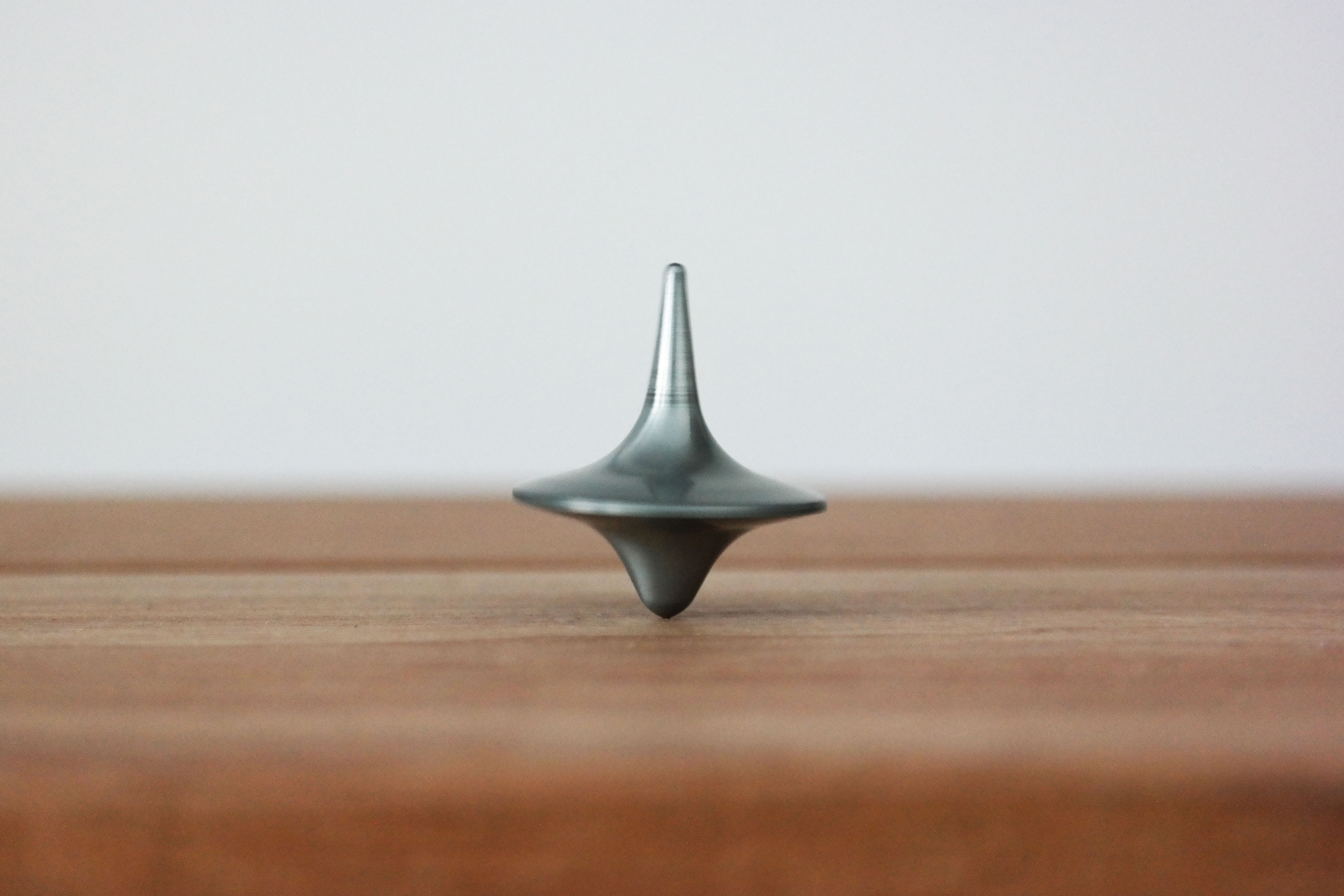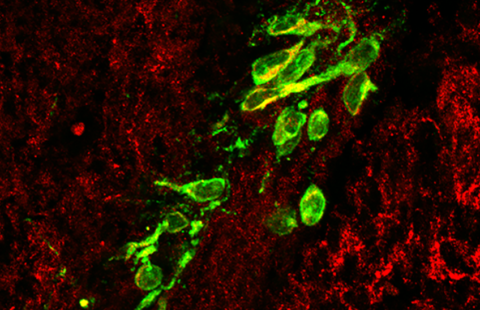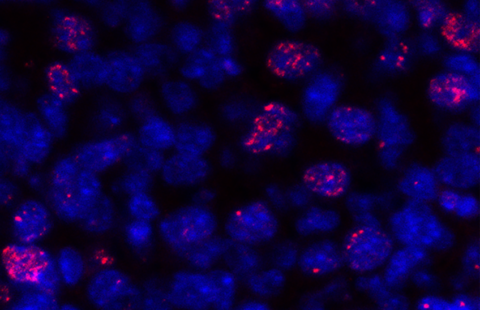
Photo by Christophe Hautier on Unsplash
In recent years, the cognitive neurosciences have shown that it is possible to use conscious effort to alter memories. Researchers from the Inserm Center for Psychiatry and Neuroscience, Sainte Anne Hospital and Université Paris Descartes now show that it is possible to unconsciously alter memories. This experimental demonstration of the unconscious manipulation of memories, which is similar to the psychoanalytical concept of repression, has been published in the journal Cognition.
Researchers have known for several years that by making a conscious effort to suppress a specific memory, it is possible to alter it, i.e. reduce our ability to recall it. This effect is expressed by the deactivation of the cerebral hippocampi, brain structures involved in encoding memory. Can the same be done unconsciously?
Led by Professor Raphaël Gaillard, researchers from the Inserm Center for Psychiatry and Neuroscience, Sainte Anne Hospital and Université Paris Descartes put their expertise in consciousness and unconscious processes to good use to test this hypothesis.
In order to recreate in a laboratory setting the conditions of an unconscious recall mechanism, volunteers learned related word pairs (e.g. candle-champagne, walk-hill), and then were trained, when the first word was presented to them, to either think of the second word in the pair or to avoid thinking about it, according to a visual cue. A similar experimental system had in the past made it possible to demonstrate the alteration of a memory by conscious effort.
The originality of this study lies in the fact that these visual cues giving th e instruction to think of or try to avoid thinking of the second word in the pair were sometimes presented subliminally, i.e. too briefly to access the consciousness. When this occurred, the volunteers had to determine as quickly as possible whether the first word was masculine or feminine. While these cues were not perceived at the conscious level, the researchers revealed an alteration in the capacity to recall the second word.
Consequently, the cue associated with the instruction not to think of the second word decreased the ability to recall that word, and the cue associated automatically with the instruction to think of it increased it. This study therefore demonstrates that it is possible to unconsciously manipulate the memory of a word.
This research opens up new perspectives in the understanding of unconscious psychological phenomena. If, within the environment of a laboratory and a two-hour experiment time, it is possible to demonstrate such a phenomenon of repression, in daily life the repetition of elements altering a memory could have major effects.
More generally, this research once again shows that memory is vulnerable to distortion –and even manipulation– thereby representing a challenge for witness accounts and memories of one’s own life.

